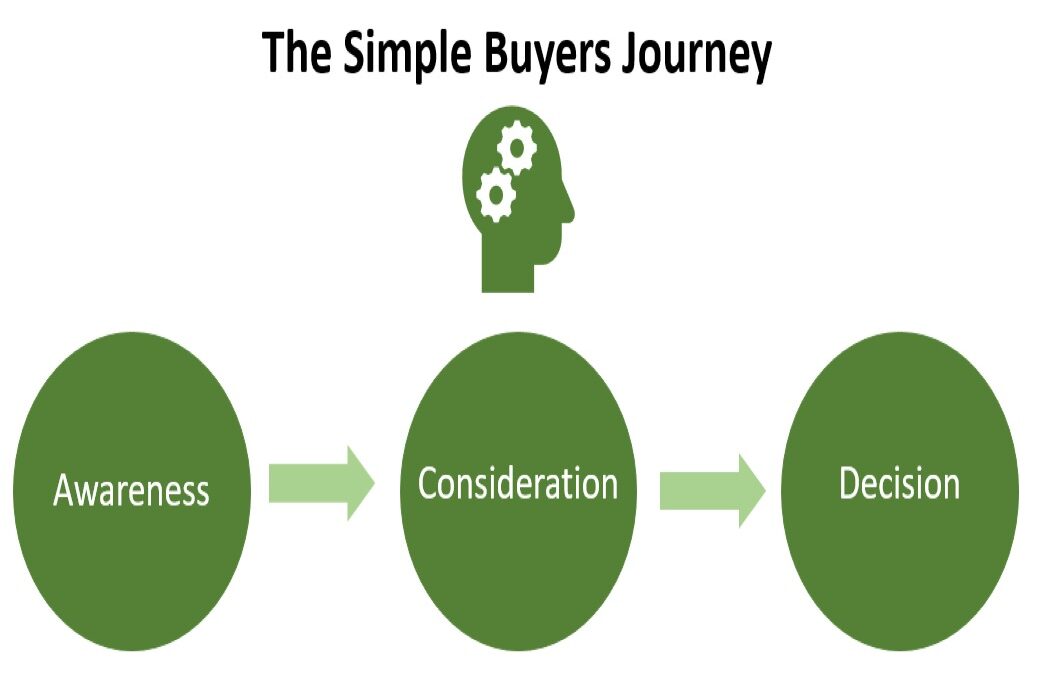For growth-driven businesses, the buyer journey needs to take priority over the seller journey.
“We have to think about accountability to the buyer for each go-to-market team,” says Roderick Jefferson, author of Sales Enablement 3.0. “It cannot be about sales above all. The buyer’s process has to guide all the internal processes.”
Roderick’s work focuses on helping companies and go-to-market teams move from a focus on sales operations to field operations.
So often, there’s a huge disconnect between the front half of the sales process – prospecting and sales – and what is being sold on the back end, which is what is actually being implemented. There is a pervasive lack of collaboration when the sales process should be a continuous flow from the buyer’s perspective.
It’s crucial to get the handoff process right for the customer. In today’s noisy environment, it’s becoming more challenging and costly to acquire customers. “If you have won them,” Roderick says, “you need to focus on being a strategic partner in order to keep them.”
I had a chance to speak to Roderick recently to learn more about how he is helping go-to-market teams grow faster by aligning on the buyer journey.
1) Sales Enablement vs. Field Enablement
Sales enablement should be focused on sales productivity. “It should be about great sales conversations and being a strategic partner during the buyer’s journey.”
- How do I help them drive revenue, reduce costs, or build efficiencies?
- How do I help with strategic positioning as a true partner?
Field enablement goes beyond sales metrics and a focus on closing sales, Roderick explains. “It’s literally looking at the entirety of the buyer journey: Who are the buyers? What do they buy? Why do they buy?”
“We need to ask the right questions to achieve customer success,” Roderick says. “We need to do it at every point in the relationship. In the proverbial handoff, the buyer is introduced to a new person with which the buyer may have no relationship at all. We can only build trust by tying the relationship and the conversation together across the front of the house sales and the back of the house customer success and solution design. It has to be a smooth transition.”
2) Field Enablement is Ongoing
Field enablement needs to be something that’s ongoing,” Roderick continues. “This is not a single, one-time event, but it should be going on all the time.”
He suggests focusing on enablement by team through what he calls “everboarding – a consistent sharpening of the sword from a business acumen perspective.”
Everboarding can happen in a variety of ways — playbooks, sales kickoff meetings, team learning sessions, content videos, intelligence tools, and other means. The point is regular and ongoing touchpoints to continually educate and keep field teams aligned on the buyer journey and how they can be strategic partners.
The everboarding concept has become critical in the current environment because of the growing costs tied to the loss of a customer. It is harder and harder to acquire customers. If you have won them, you need to stay sharp on strategies to keep them continuing to come back.
Roderick recommends creating a field enablement council to ensure that everyone is getting the same message at the same time. The council helps to foster accountability for everyone. Each team is accountable for the buyer journey, and it is not just sales above all.
“This leads to collaboration amongst all of the lines of business driven by the field enablement group based on the scope and vision from the C-level and from sales and other GTM groups.
Now everybody’s rowing in the same direction as opposed to just kind of spinning around in circles. It will lead to higher client satisfaction and retention.”
3) One Voice, Multiple Field Enablement Strategies
Everboarding will require a plethora of strategies, tools, research, and regular touchpoints to keep everyone speaking with one voice. It also means approaching each field team in a different way.
Roderick emphasizes the importance of customizing your training and enablement strategy for each field team based on their specific roles and responsibilities.
- SDR/BDR: Reinforce skills for perpetual qualification and objection handling
- Sales: Teach them how to have stronger conversations, do really strong discovery, and give fewer presentations
- Technical: Teach them how to collaborate with the sales professional to show a clear, concise, collaborative approach to increase productivity and efficiency
- Customer Success/Client Services: Show them how to demonstrate the “why” more deeply to create a high-touch approach to upsells, cross sells, and renewals
Every company has a different go-to-market strategy and motions, but every sales and go-to-market leader can take from Roderick’s approach the need to always build our internal processes and enablement around the buyer journey rather than the reverse.

